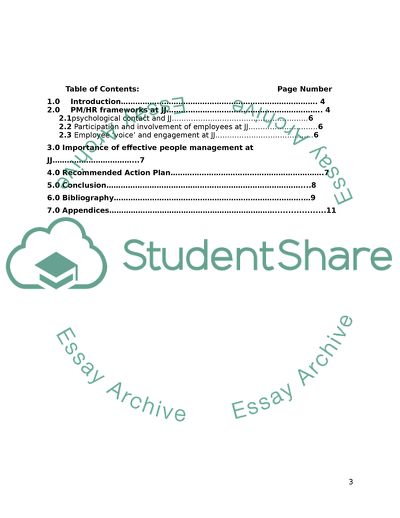Cite this document
(Jinnikins Jeans Report to Senior Management Team on JJs approach to Coursework Example | Topics and Well Written Essays - 2750 words, n.d.)
Jinnikins Jeans Report to Senior Management Team on JJs approach to Coursework Example | Topics and Well Written Essays - 2750 words. https://studentshare.org/human-resources/1850906-evaluate-how-far-jinnikins-jeans-approach-to-reward-is-consistent-with-their-business-objectives
Jinnikins Jeans Report to Senior Management Team on JJs approach to Coursework Example | Topics and Well Written Essays - 2750 words. https://studentshare.org/human-resources/1850906-evaluate-how-far-jinnikins-jeans-approach-to-reward-is-consistent-with-their-business-objectives
(Jinnikins Jeans Report to Senior Management Team on JJs Approach to Coursework Example | Topics and Well Written Essays - 2750 Words)
Jinnikins Jeans Report to Senior Management Team on JJs Approach to Coursework Example | Topics and Well Written Essays - 2750 Words. https://studentshare.org/human-resources/1850906-evaluate-how-far-jinnikins-jeans-approach-to-reward-is-consistent-with-their-business-objectives.
Jinnikins Jeans Report to Senior Management Team on JJs Approach to Coursework Example | Topics and Well Written Essays - 2750 Words. https://studentshare.org/human-resources/1850906-evaluate-how-far-jinnikins-jeans-approach-to-reward-is-consistent-with-their-business-objectives.
“Jinnikins Jeans Report to Senior Management Team on JJs Approach to Coursework Example | Topics and Well Written Essays - 2750 Words”. https://studentshare.org/human-resources/1850906-evaluate-how-far-jinnikins-jeans-approach-to-reward-is-consistent-with-their-business-objectives.


